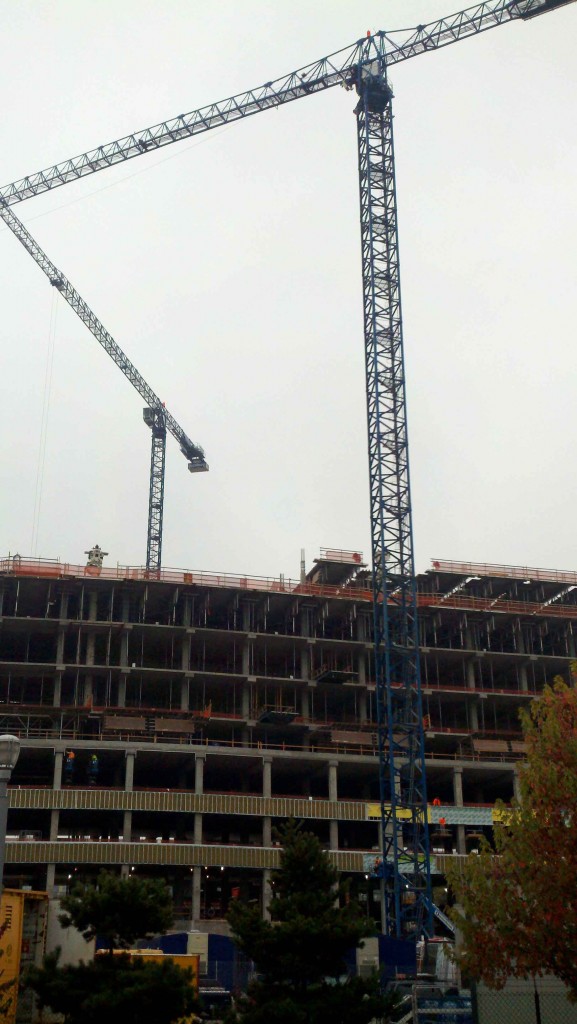If you are working with lead (in any amount) and you are performing any of the “trigger tasks” in construction = you must follow OSHA rules. Trigger tasks are demolition, removal, encapsulation, new construction, installation, cleanup, abrasive blasting, welding, cutting, torch burning, transporting, storing, heat gun work, sanding, scraping, spray painting, burning, welding, etc. What about the EPA rules (RRP)? Look here.
The only exceptions to not measuring employees blood lead are:
- On the first day of work activity, you perform air sampling (for the full shift) and can prove the airborne levels are below the Action Limits (<30 ug/m3)…or,
- OR…If you have relevant historical data and can prove your airborne levels during the same tasks are below the Action Limit (within the last 12 months). Relevant historical data must be REALLY relevant. Like, same work activity, same amount of lead in the paint, same general size/location, etc, etc.
- employees might already have dangerous levels of lead in their system, and you expose them to more
- measuring blood lead levels after the exposure may indicate higher baseline blood lead levels -and you might have to pay for exposure which wasn’t your fault
- if overexposed, and they have high blood levels – you might have to also check their family’s blood lead levels
More information on blood lead testing from my earlier post.

